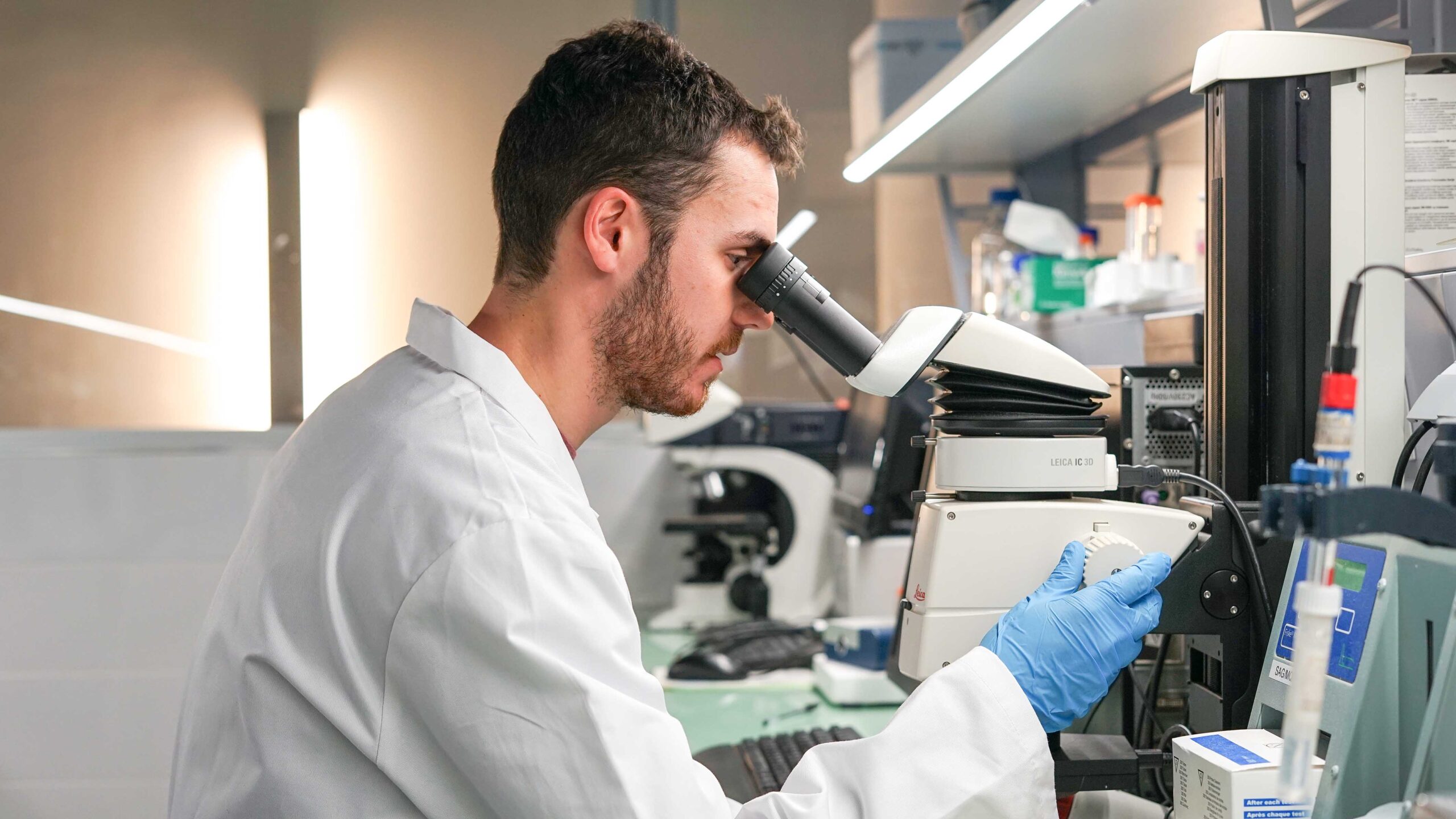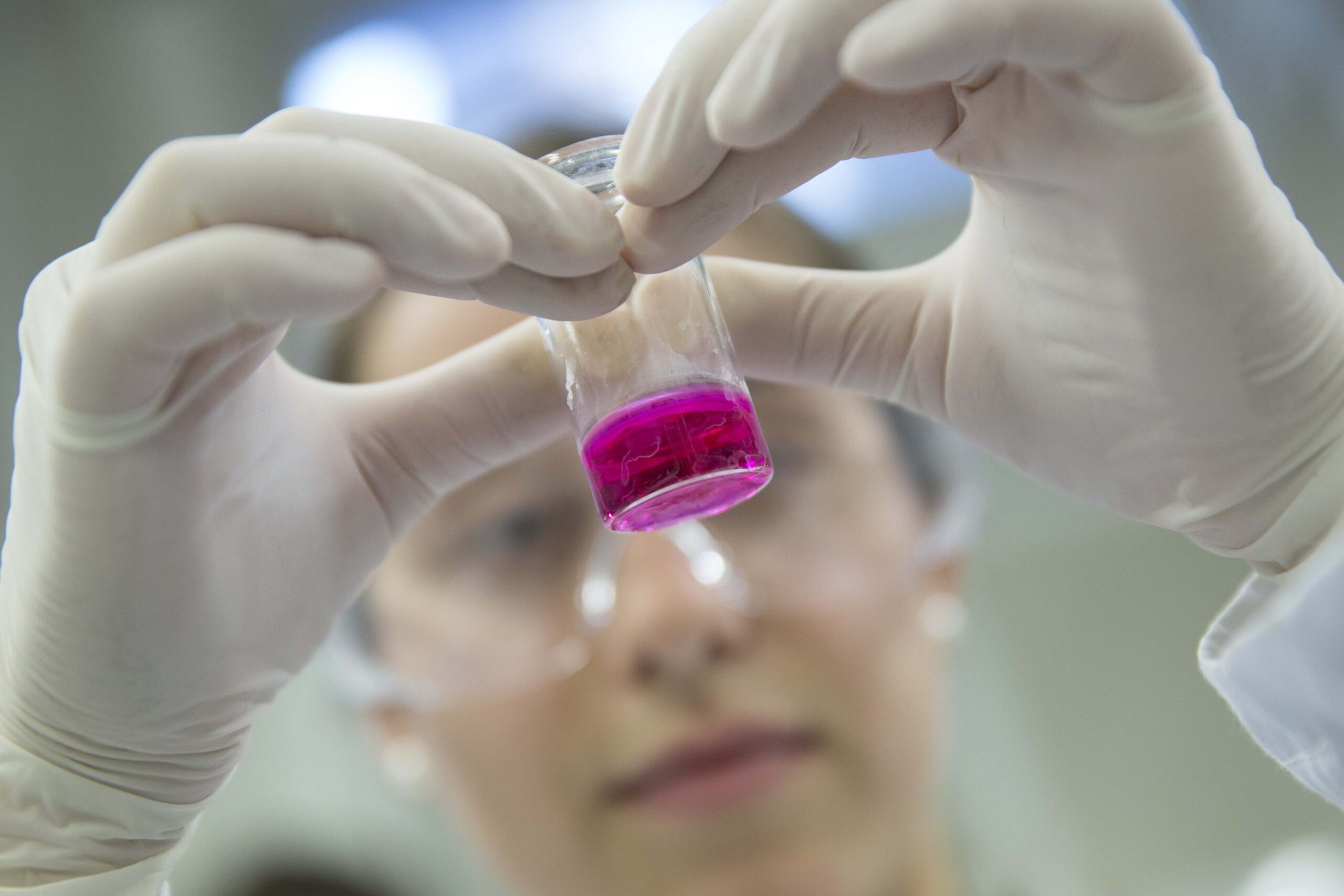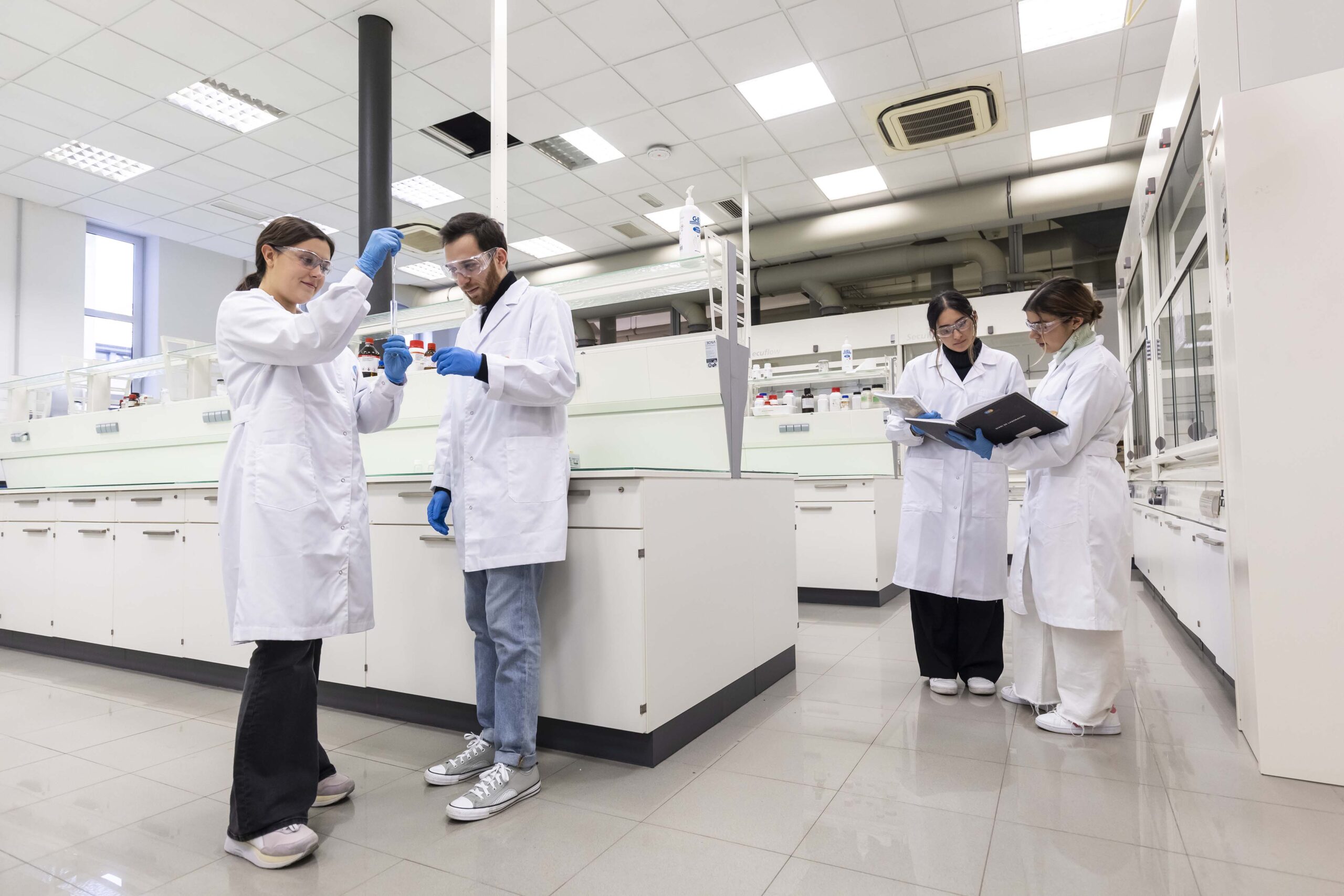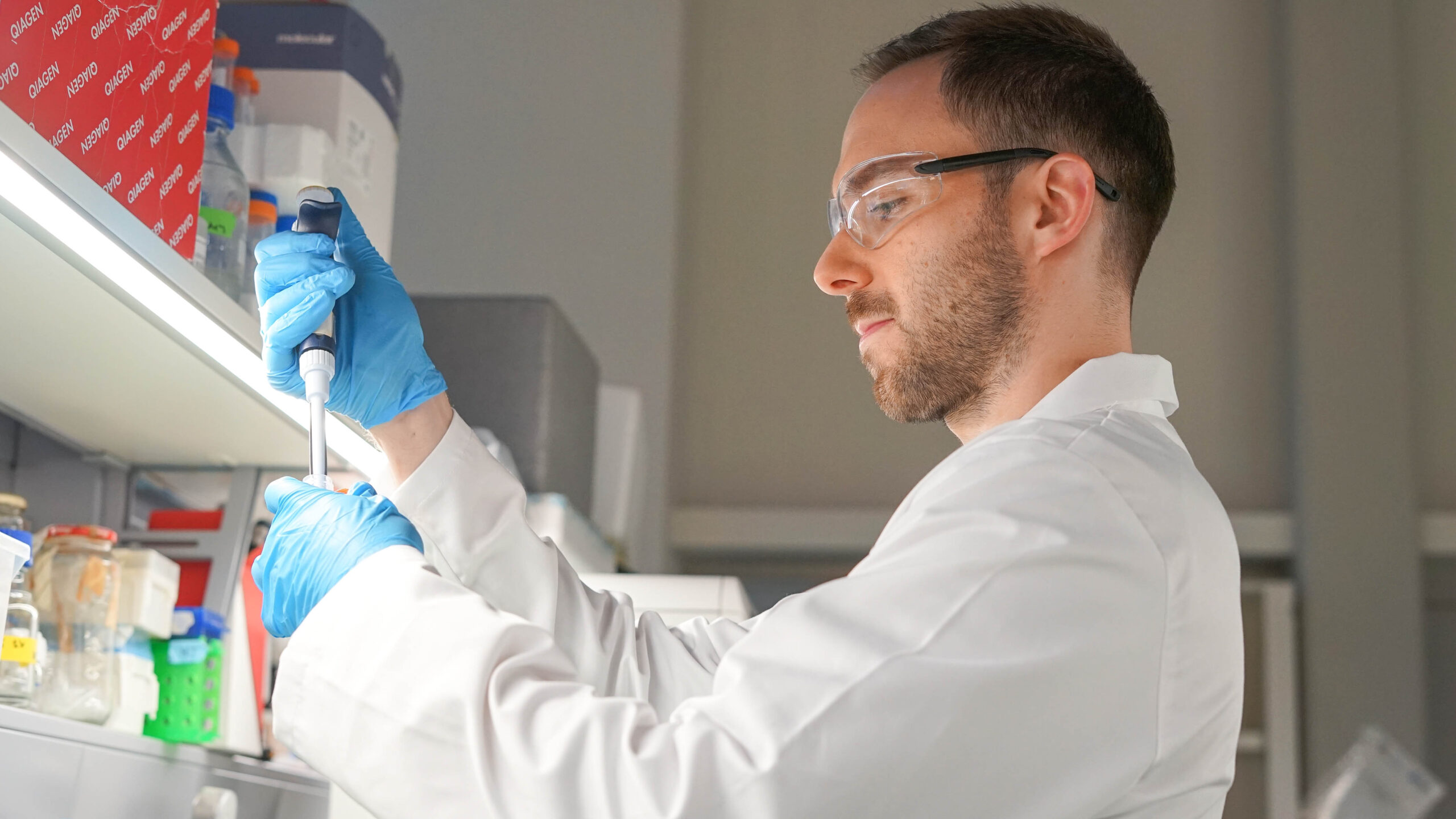IQS firmly believes that patents are of vital importance and that they allow us to position ourselves in certain industrial environments. They add value to what we do and are a way of transferring the results of our scientific activity to society. For this reason, we aim for every patent application to be accompanied by a strategy for its commercialization via a license to a company or a spinoff that makes its industrial application viable.

The result of university research is new scientific knowledge that allows experts to expand and deepen their knowledge of a subject. The dissemination and communication of this new knowledge takes place through the publication of scientific articles in relevant and widely published journals in each academic field or through scientific conferences and the like. In any case, the authors of the research are named in the media used to disseminate the scientific results obtained through the research.
On other occasions, research results lead to a new product, technology, or procedure with an interest beyond the scientific area that could also become an industrial innovation. In these situations, patents and other forms of intellectual property protection are how the results obtained are described, as well as indicating proof of their authorship. Furthermore, patents are legal documents that recognize the ownership of an intangible asset such as an invention. This industrial and intellectual property title entitles its owner to be able to exploit the invention in a unique and exclusive manner. The patent holder can also choose to transfer the technology to a third party by granting a license.
Regarding higher education, the diversity of research activities carried out at universities can lead to multiple ways of making the results known to the broader public and protecting them when it is deemed that they may have a certain interest in terms of industrial application. Therefore, scientific articles, presentations at conferences, and patent applications, as well as doctoral theses, are ways of sharing this new knowledge with the scientific community and industry.
Regarding patent applications, several scenarios exist. For example, the first case that we could highlight takes place when, as a result of an internal research project developed with internal funding, the decision is made to file a patent application in which the ownership will belong to the university and in which the professors and researchers who have participated will be listed as the inventors. Second, we could also highlight patents that arise from joint collaboration with other research centres, hospitals, or foundations. This type of research project makes sense because all parties contribute to its development by providing their own knowledge and experience. In these cases, the ownership of the patent is shared between the entities to which the researchers (inventors) belong and this is reflected in a joint ownership agreement that governs the commitments, duties, and obligations of the parties. In the two cases described above, there could also be involvement from a third party, such as an entity that fully or partially subsidizes the project, which may also ask to be a joint owner in certain situations.
Whether a patent has a sole owner or is jointly owned, the aim is to be able to exploit or transfer the technology within the industrial or business environment so that it can become an innovation that leads to a new product, technology, or procedure on the market. This will enable it to produce an economic benefit that makes it possible to get a return on the investment and obtain a profit, thereby opening up further opportunities for new projects.
When a research project carried out by a university involves a contract commissioned by a company that bears the investment cost and the risk of the research itself in full, the research can unfold in various ways. In situations like this, the company and the university agree on the ownership of the results that may be obtained as well as the exploitation rights. Oftentimes, it is stated that the ownership and exploitation rights will be held by the company. In return, the university can expect to receive additional or occasional financial compensation for having achieved the objective of obtaining an industrially exploitable result. In rare situations, joint ownership agreements between the company and the university are established for the invention. This type of joint ownership of the invention is only accepted in countries with innovative cultures that are committed to entrepreneurship, and the exploitation rights are ceded by the university to the company in exchange for financial compensation. In any case, even if the ownership of the patent is solely held by the company, it is common practice to name the university professors or researchers as the inventors in the patent. This is how their authorship and contributions to the research and the results obtained are recognized, which can also be listed on their professional CVs.
We find ourselves in situations today that require a good dose of common sense and commitment. For example, in industrial doctorates that have public funding, the company and the university must reach an agreement that takes into account that both parties are contributing resources, personnel, and scientific and technological knowledge. Although a project often responds to a company's needs or derives from one of their ideas, the result of the project is not their accomplishment alone. The result comes from both parties and, by default, joint ownership of the result must therefore be considered. Another issue involves establishing how the exploitation of these results will be carried out, as well as the associated conditions.
IQS firmly believes that patents are of vital importance and that they allow us to position ourselves in certain industrial environments. They add value to what we do and are a way of transferring the results of our scientific activity to society. For this reason, we aim for every patent application to be accompanied by a strategy for its commercialization via a license to a company or a spinoff that makes its industrial application viable.
Within the framework of the FORTUT (EnFORTintles les Unitats de Transferència, or Enhancing Transfer Units) project at Ramon Llull University, IQS has been able to work in this area to strengthen relationships between companies and higher education. We regularly identify internally developed technologies that have the potential to become industrial innovations, we protect them, and we strive to make their transfer possible, mainly through licenses to third parties.
The FORTUT project is co-financed by the European Regional Development Fund, granted by the Government of Catalonia's Ministry of Business and Knowledge, through the Directorate General of Research. This financing forms part of the call for grants for the implementation of projects by Knowledge Transfer and Enhancing Units within Catalan Universities, aimed at significantly improving engagement with the productive sector (decision EMC/2970/2016, of 27 December).
Dr Núria Vallmitjana
Director of IQS Tech Transfer











